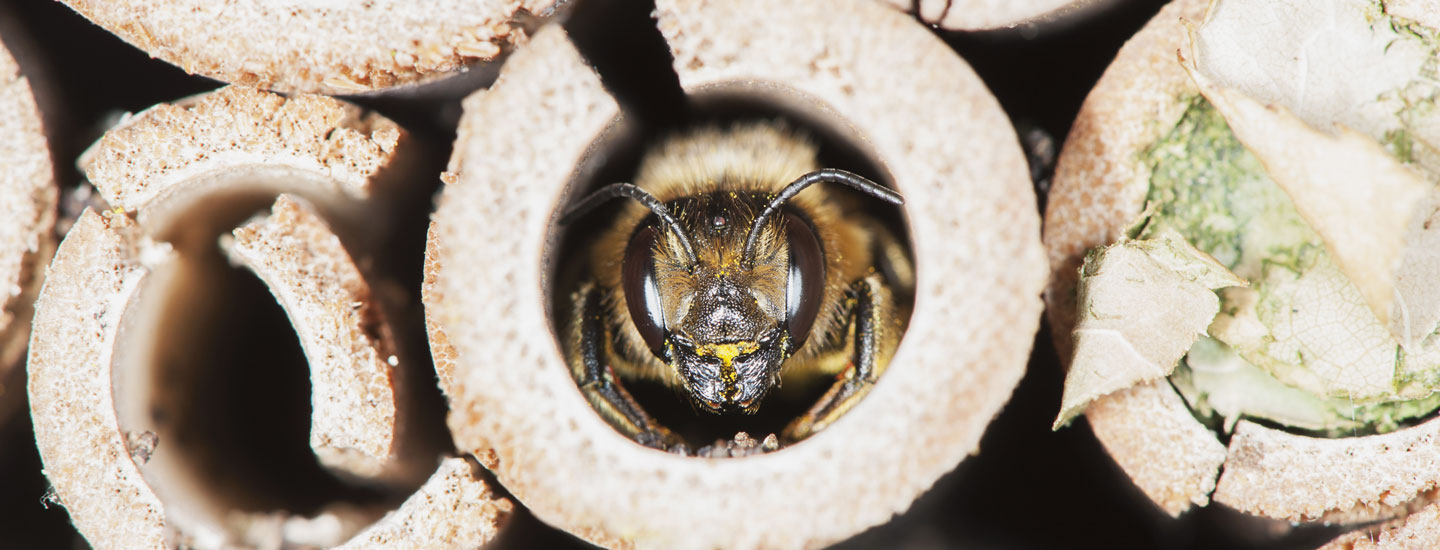The city of Edmonton, Canada, has gone through a building boom. In one summer, it added more than 500 hotels. But these aren’t hotels where you might stay with your family on vacation. These hotels were built just for bees!
Bees are important little insects. They play a big role in helping many of our fruit and vegetable crops grow. When you hear the word bee, you probably picture honeybees or bumblebees. These bees live in large groups and build hives.
There’s been a building boom in Edmonton, Canada. The city added more than 500 hotels in one summer. But these aren’t your usual hotels. You wouldn’t be able to stay in one with your family on vacation. These hotels were built just for bees!
Bees are important little insects. They play a big role in farming. They help many of our fruit and vegetable crops grow. When you hear the word bee, what do you picture? You probably think of honeybees or bumblebees. Those bees live in large groups and build hives.

